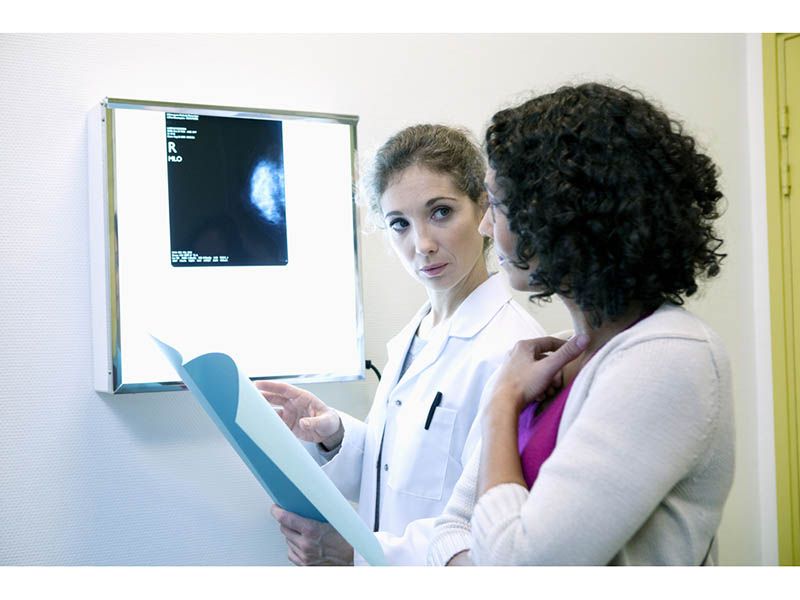
Out-of-pocket costs may make as many as 1 in 5 women forgo additional screening when an initial mammogram finds an abnormality, a new U.S. study finds.
The Affordable Care Act improved access to mammograms, but high-deductible insurance plans appear to keep women from important follow-ups, according to the findings.
“The ACA removed out-of-pocket costs for screening mammograms under most health plans to encourage women to partake in this important preventative health care measure,” said study lead author Dr. Michael Ngo, a radiology resident at Boston Medical Center.
“However, the screening mammogram is only the first step in detecting breast cancer,” he explained. “If the radiologist detects an abnormal finding on the screening image, then additional images and a biopsy are needed to determine if the patient has cancer. The ACA does not mandate insurance to cover the costs of these additional services.”
Rising health care costs and insurance premiums, along with the start of the ACA have increased the popularity of high-deductible health plans among young, healthy people, according to the study.
These high deductibles lower monthly insurance premiums and some think they lead people to be more aware of their health care costs, possibly lowering those costs. Yet the deductibles, which can be more than $1,400 for individuals and $2,800 for families, may prevent people from seeking care, the study indicates.
“The results show that a deductible payment for follow-up breast imaging after an abnormal finding on screening mammography discourages 21% of women from returning for additional evaluation and appears to lead 18% of women to skip the initial free screening altogether,” Ngo said.
The researchers surveyed 932 people having breast imaging at Boston Medical Center between September 2021 and February 2022.
About 21% of 714 respondents said they would not get indicated imaging if they had to pay a deductible, while around 59% said they would not skip imaging and almost 20% were undecided.
Those most likely to skip imaging were Hispanic; high school educated or less; had a household income of less than $35,000, or had Medicaid coverage or were uninsured.
If they knew they would have to pay for follow-up screening, about 18% of 707 respondents said they would skip the initial screening mammogram. About two-thirds would not skip that, and 16% were undecided.
The findings were presented Nov. 29 at the annual meeting of the Radiological Society of North America, in Chicago and online.
The researchers hope the findings will aid in efforts to remove financial barriers to care.
“Our study demonstrates that out-of-pocket payments will discourage people, especially those belonging in the most vulnerable populations, from completing the last steps in the breast cancer screening process,” Ngo said in a meeting news release. “These results could be used to advocate for legislation that will cover these important follow-up tests and prevent further exacerbation of existing health inequities.”
Findings presented at medical meetings are considered preliminary until published in a peer-reviewed journal.
More information
The U.S. Centers for Disease Control and Prevention has more on breast cancer screening.
SOURCE: Radiological Society of North America, news release, Nov. 29, 2022
Source: HealthDay

Leave a Reply